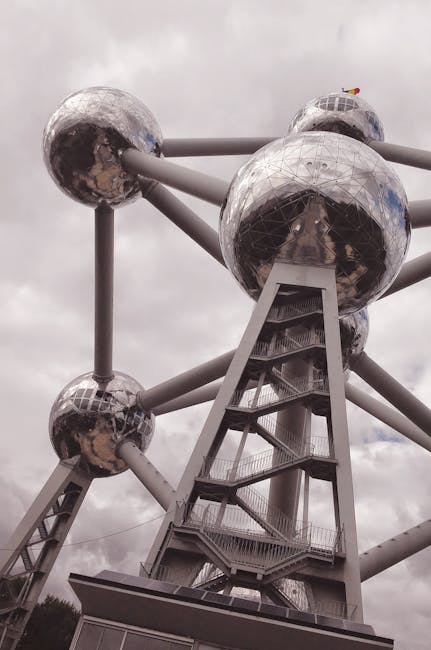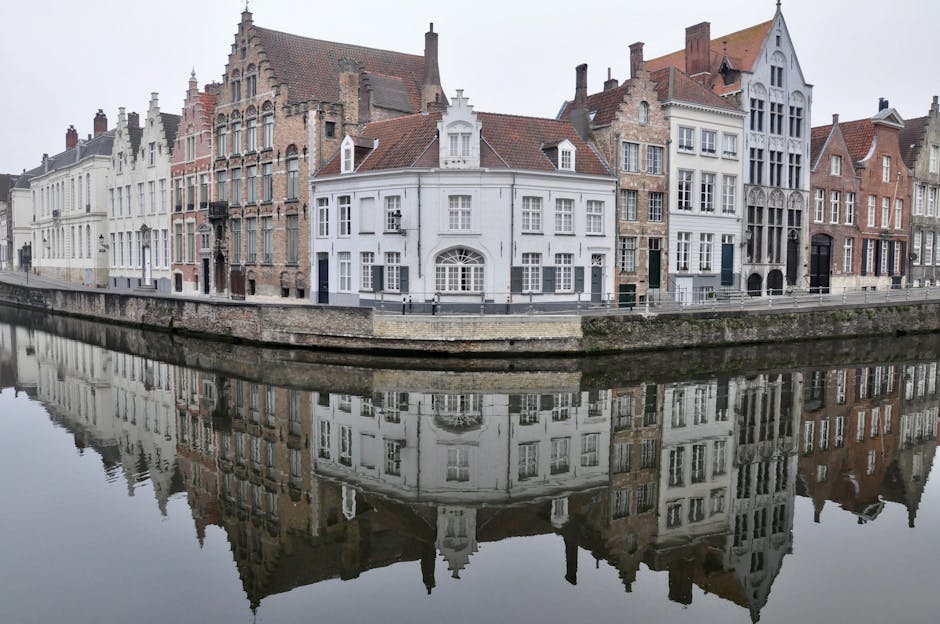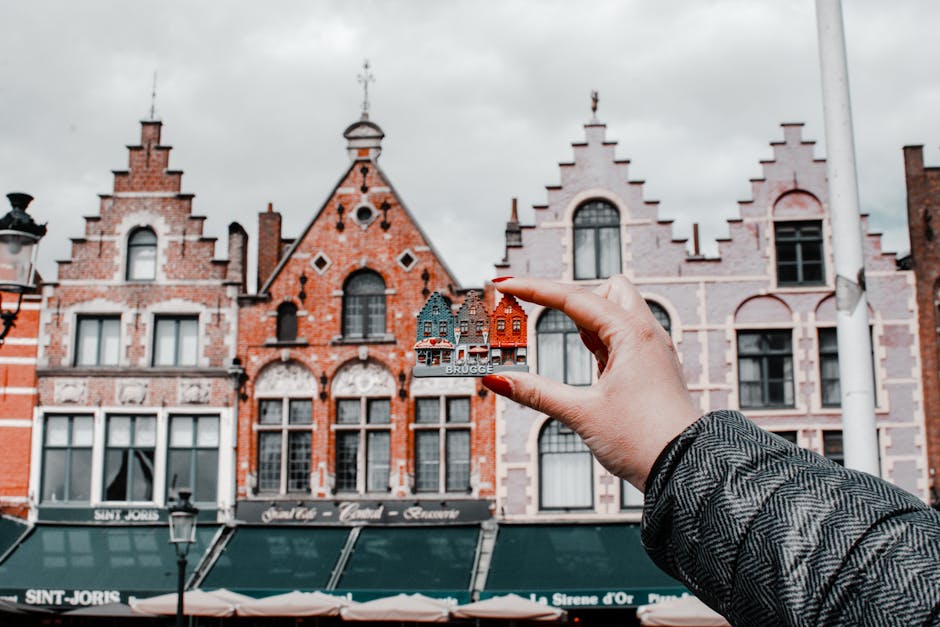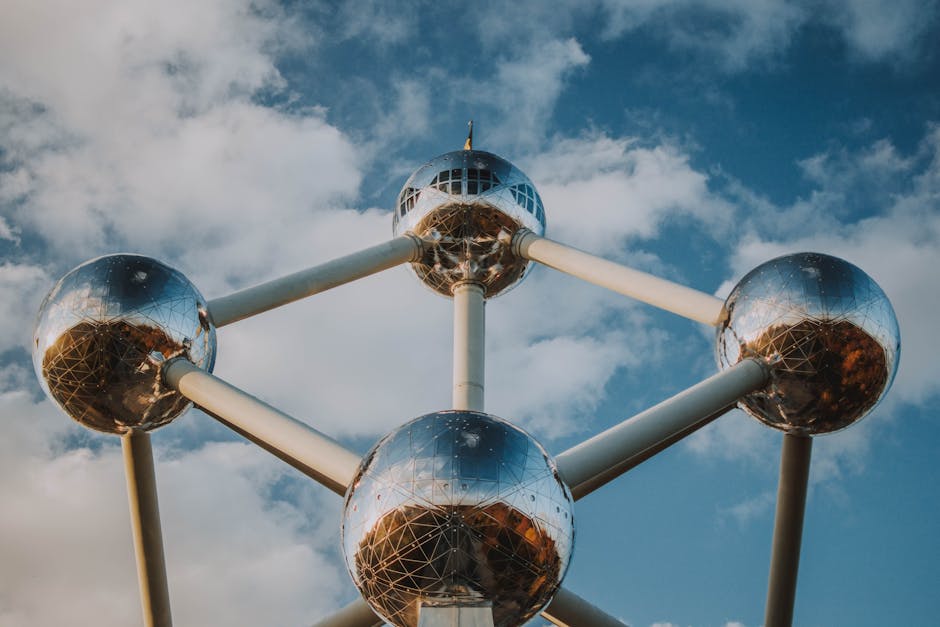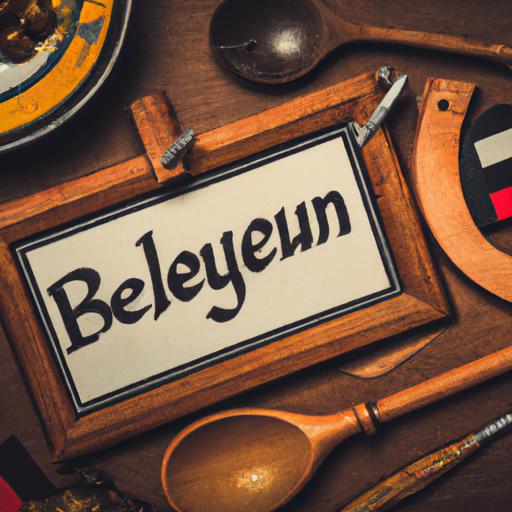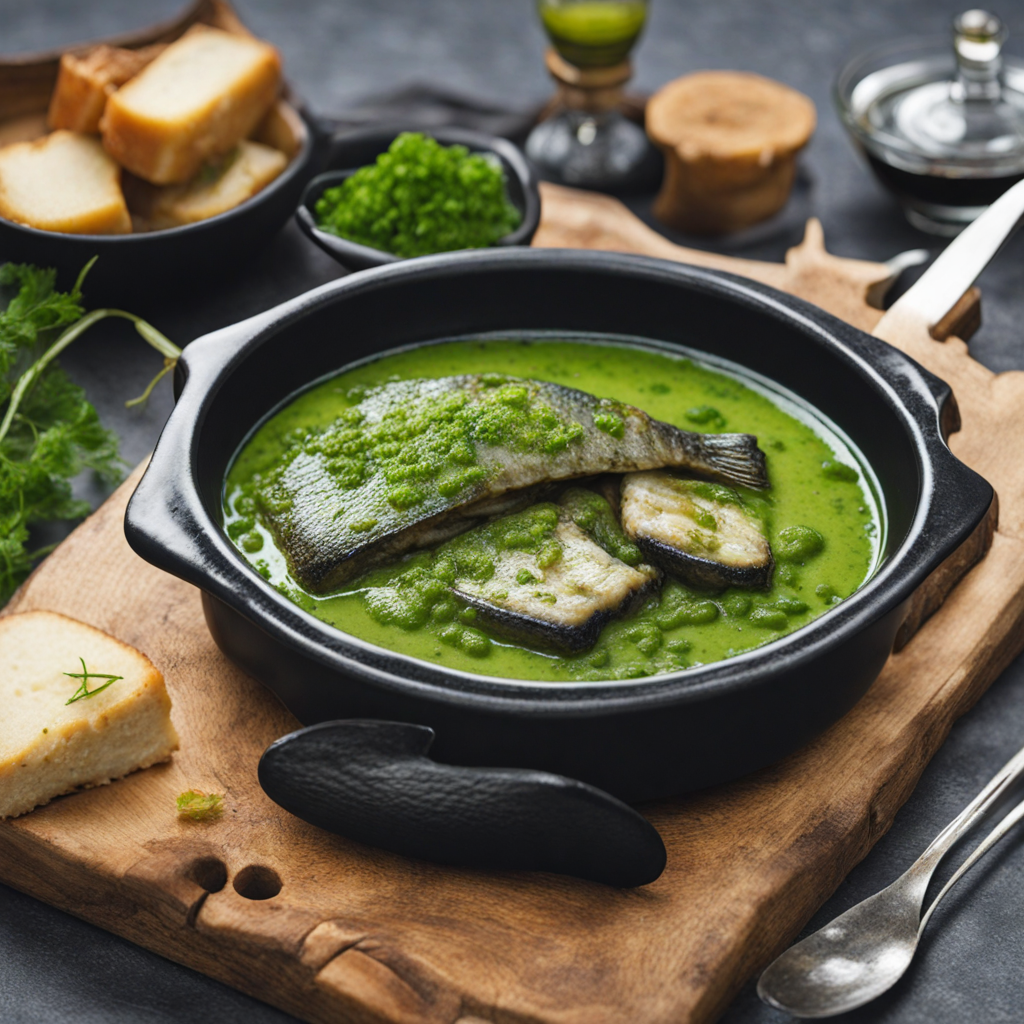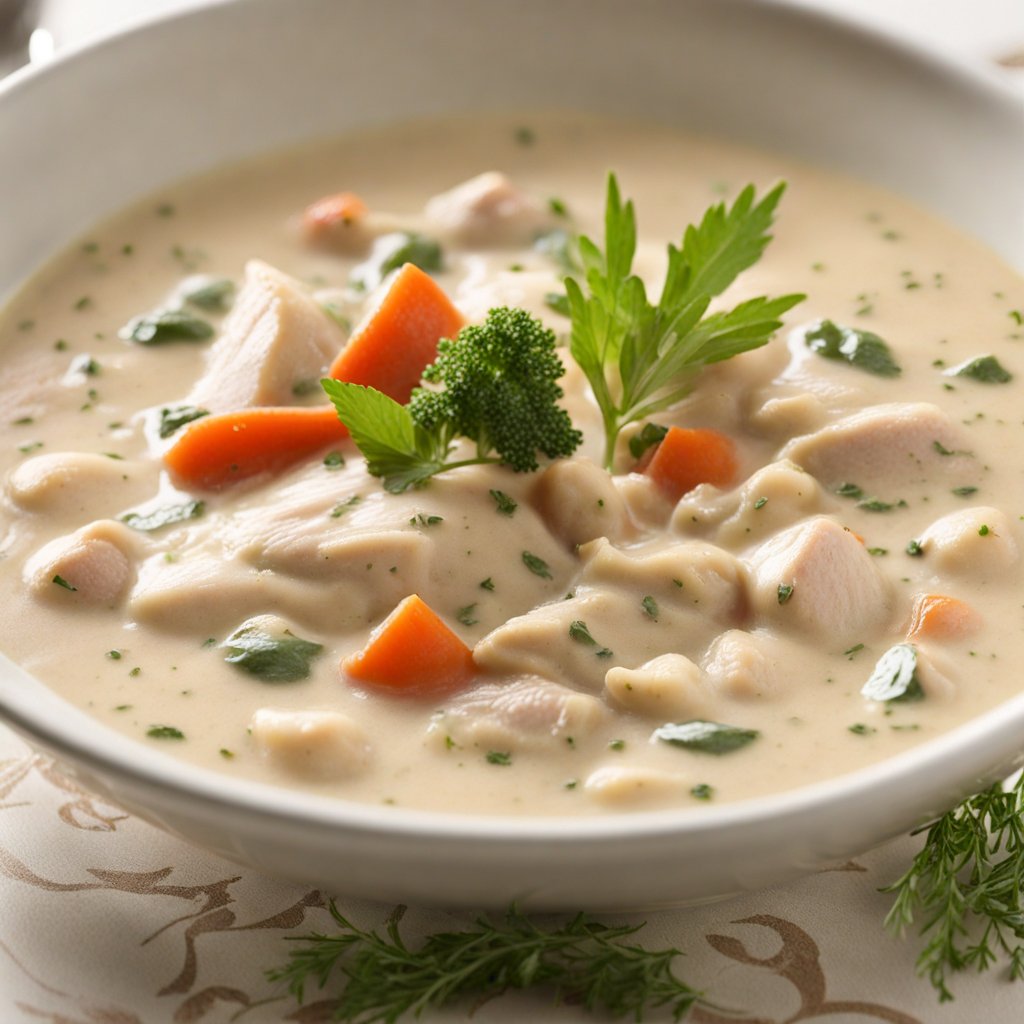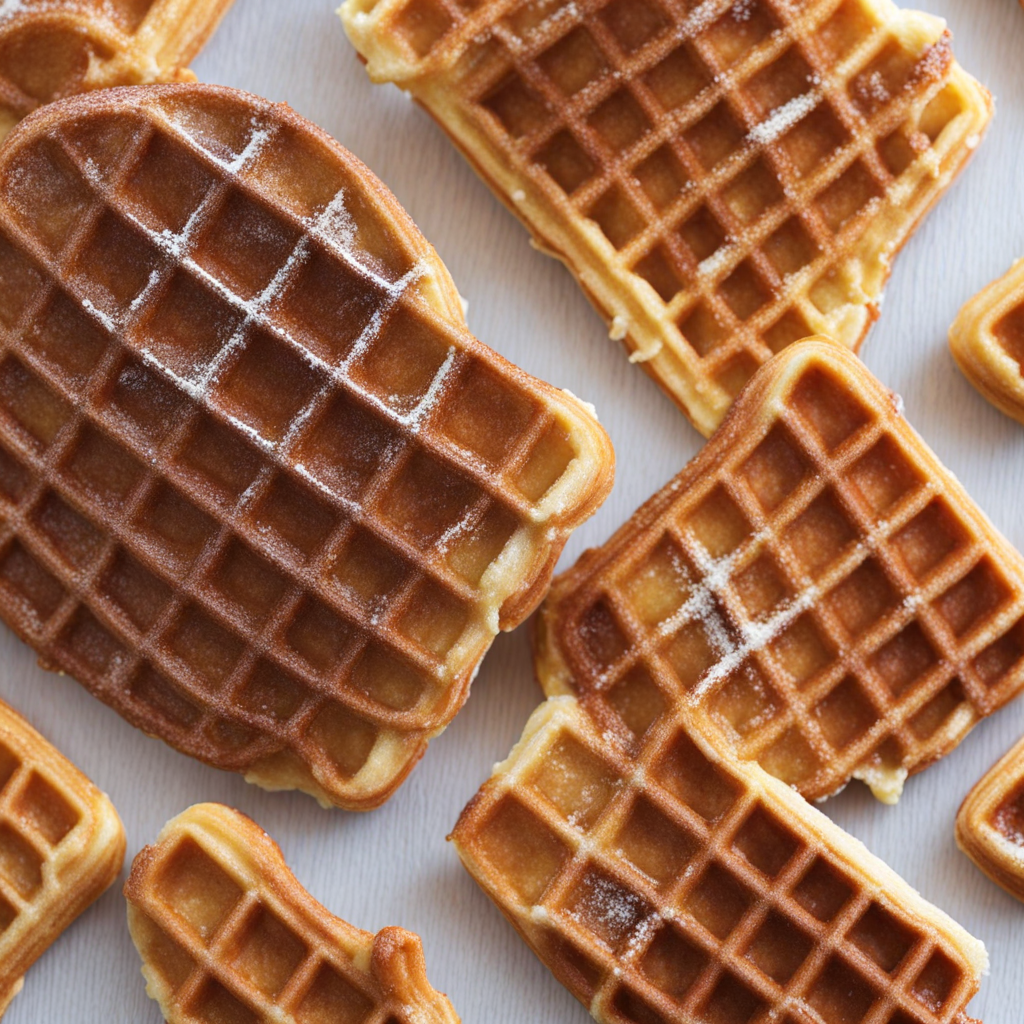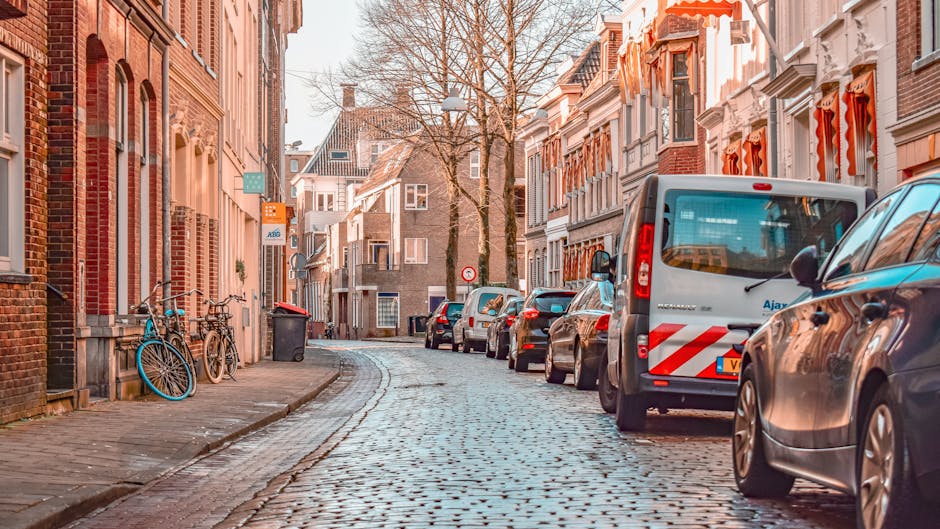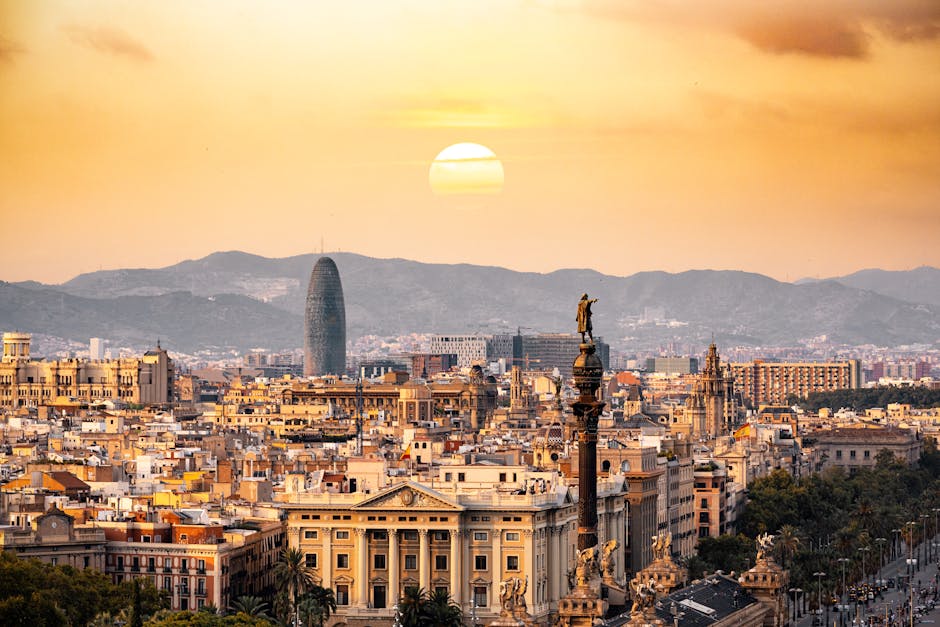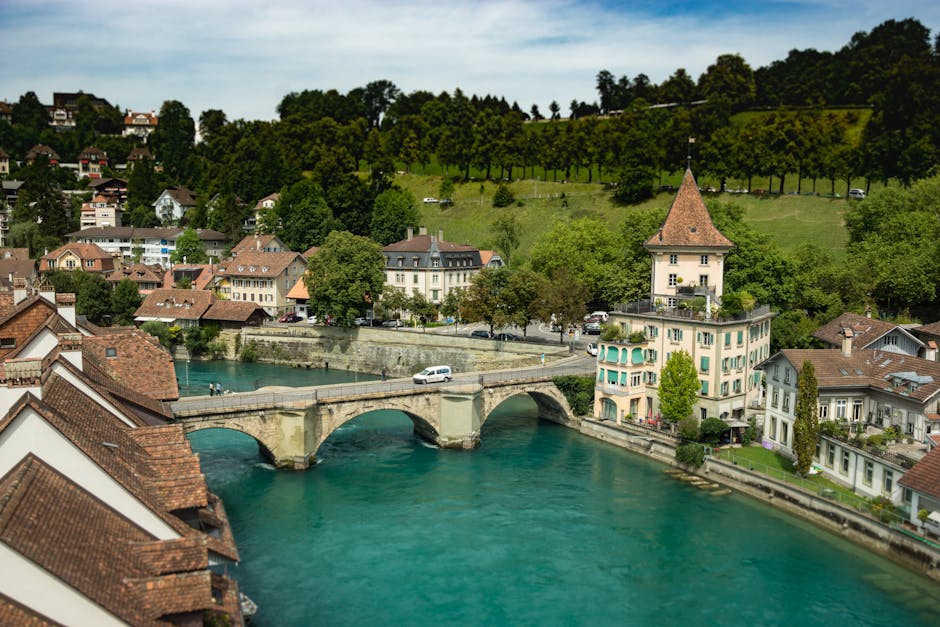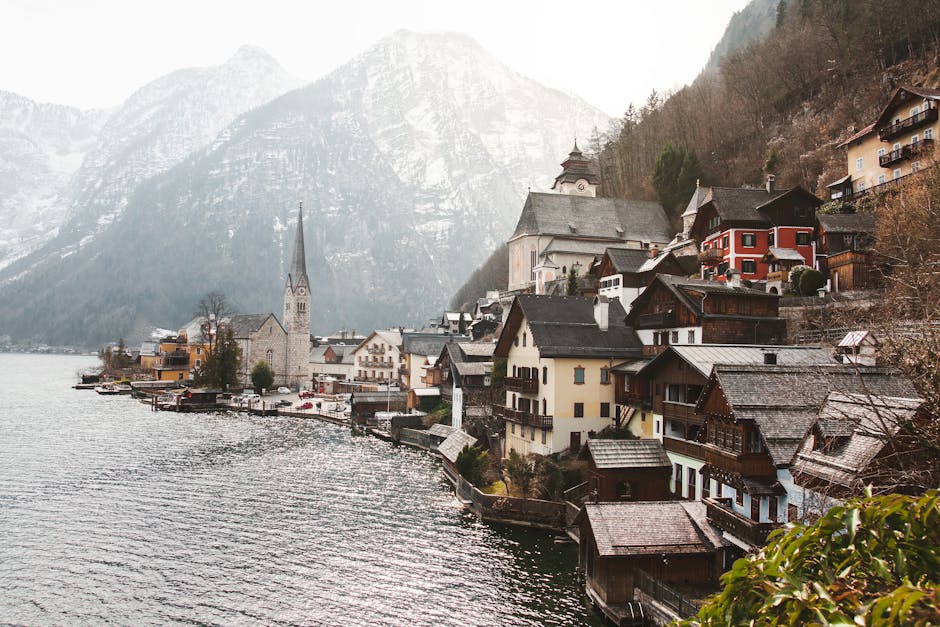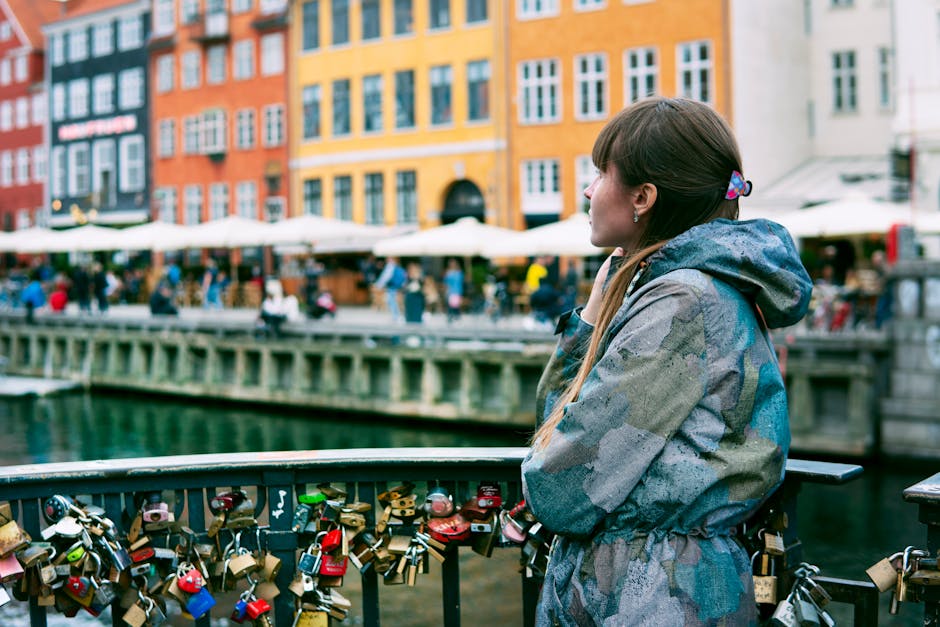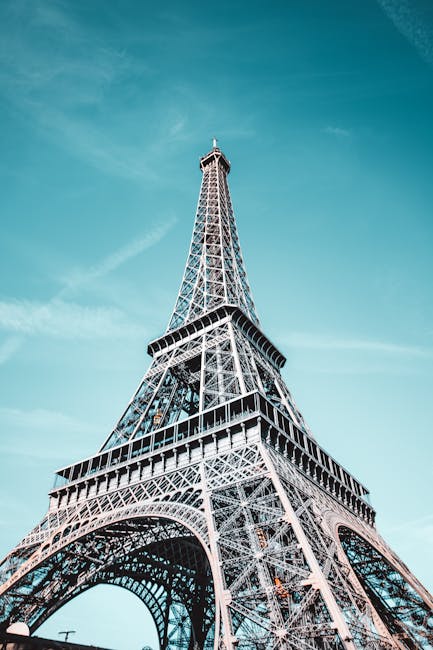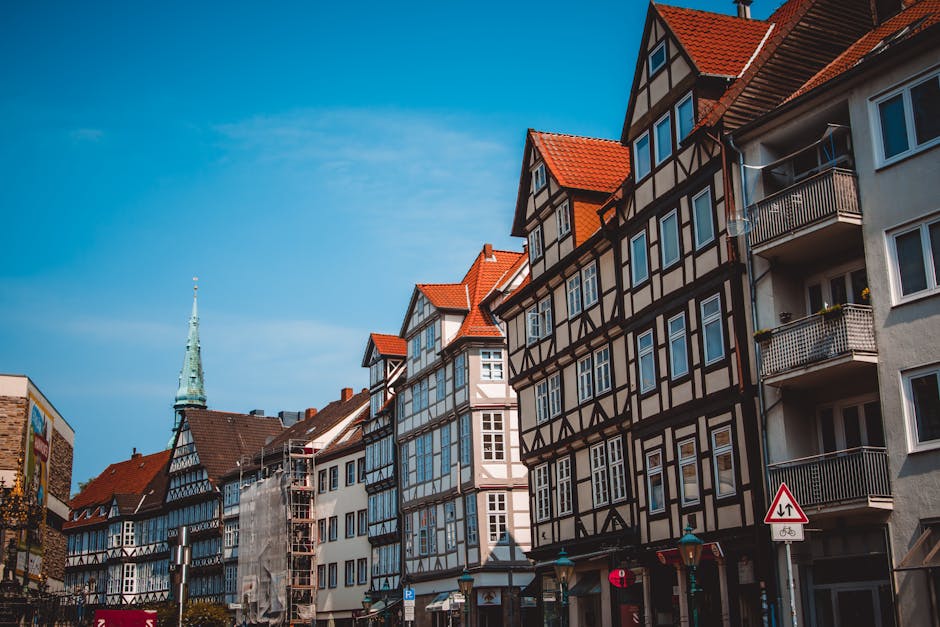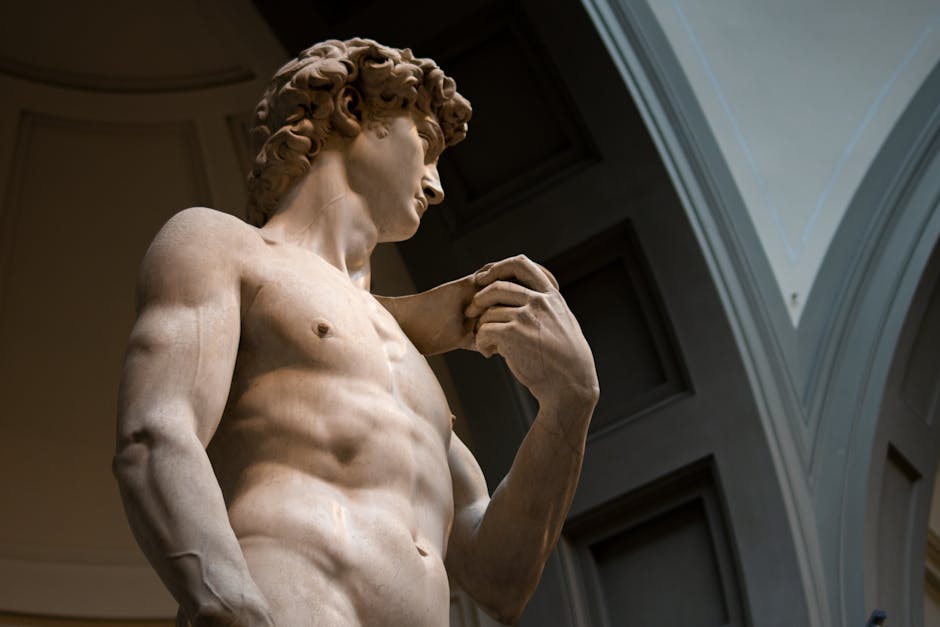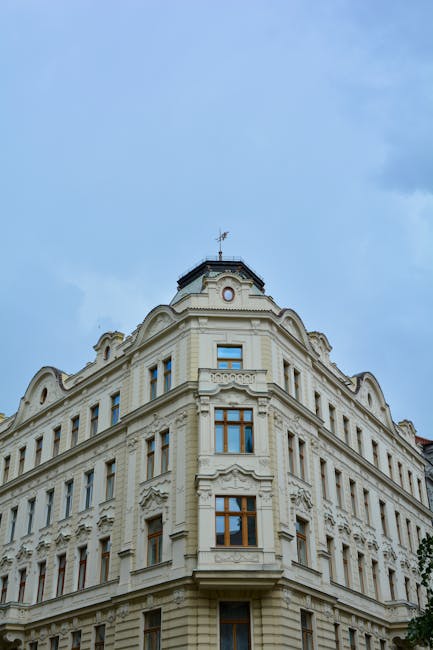Belgium
Overview
Belgium, a small yet enchantingly diverse country in Western Europe, is a vibrant blend of cultures, languages, and architectural styles. Known for its rich history, Belgium features medieval towns, Gothic cathedrals, and modernist landmarks. The country is also internationally recognized for its art, with famous painters such as Rubens and Magritte hailing from here. Belgium's culinary scene is another highlight, with renowned Belgian chocolate, waffles, fries, and beer. The country's multilingual nature, with French, Dutch, and German being the official languages, adds to its unique cultural richness.
The high season for tourism in Belgium is during the summer months, from June to August, when the weather is mild and pleasant, with average temperatures ranging from 18°C to 25°C. During this season, visitors can enjoy outdoor activities such as visiting the historic city centres of Brussels, Bruges, or Antwerp, exploring the picturesque Ardennes region, or relaxing by the North Sea beaches. Festivals such as Tomorrowland in Boom and the Flower Carpet in Brussels also take place during summer, offering unique experiences.
Before visiting Belgium, travelers should ensure they have a valid passport. For non-EU citizens, a Schengen visa might be required. It's also recommended to have travel insurance. Belgium uses the Euro, so it's wise to have some cash on hand, although credit cards are widely accepted. As for the language, English is not an official language but is commonly spoken by locals. However, learning a few phrases in French or Dutch could enrich your experience. Lastly, pack according to the season of your visit, keeping in mind that even in summer, rain is quite common in Belgium.
A Glimpse into the Past
Belgium, a small yet vibrant country located in Western Europe, is often seen as a crossroads of cultures and history. Its strategic location has made it a melting pot of different influences from its neighbors, leading to a rich tapestry of heritage that attracts travelers from around the globe.
Historically, Belgium's story begins with the Celts, who settled the region in the first millennium BCE. This was followed by the Roman conquest in the 1st century BCE under Julius Caesar, leading to the establishment of Gallia Belgica. The region thrived under Roman rule, with cities like Trier and Bruges emerging as important trade centers. As the Western Roman Empire fell, Belgium became fragmented into various tribes and kingdoms, eventually falling under the influence of the Franks.
By the Middle Ages, Belgium had become a center of trade and commerce, with cities like Ghent, Bruges, and Antwerp flourishing. The Flemish cities became known for their textiles and arts, which drew merchants and artisans from across Europe. The influence of the Hanseatic League allowed for extensive trade networks, and the region became a cultural hub during the Renaissance. Architectural wonders, such as the Belfry of Bruges and the Cathedral of St. Bavo in Ghent, showcase the Gothic style that defines much of Belgium's urban landscape.
The Burgundian Netherlands in the 15th century marked a significant turning point in Belgium's history. The union of various provinces under the Burgundian dukes led to greater political stability and economic prosperity. This period also saw the rise of notable artists such as Jan van Eyck and Rogier van der Weyden, whose works contributed to the renowned Flemish Primitives school of painting.
However, the 16th century brought turmoil as the Reformation took root, leading to religious conflicts between Catholics and Protestants. Belgium was a significant battleground during the Eighty Years' War (1568-1648), which ultimately resulted in the separation of the Spanish Netherlands from the northern provinces that would become the Dutch Republic. This division set the stage for a complex political landscape that would affect Belgium for centuries.
In the 18th century, the region came under Austrian rule following the War of the Spanish Succession. The Austrian Netherlands experienced a mix of prosperity and oppression, culminating in the Brussels Revolt of 1789. The French Revolution soon spread to Belgium, and by the end of the 18th century, Belgium was annexed by France. This period introduced new ideas of citizenship, secularism, and nationalism.
The 19th century marked the rise of Belgian independence. After the defeat of Napoleon, the Congress of Vienna in 1815 united Belgium with the Netherlands in the United Kingdom of the Netherlands. However, cultural and religious differences led to discontent, leading to the Belgian Revolution in 1830. The uprising was successful, and Belgium declared its independence, establishing a constitutional monarchy under King Leopold I.
Belgium's industrial revolution in the mid-19th century transformed its economy, making it one of the first industrialized nations in Europe. Cities like Liège and Charleroi became industrial powerhouses, known for coal and steel production. This economic boom also attracted a wave of immigrants, contributing to Belgium's multicultural society. The Art Nouveau movement flourished during this period, with architects like Victor Horta leaving a lasting legacy evident in cities like Brussels.
The World Wars had profound effects on Belgium's history and landscape. During World War I, Belgium was invaded by Germany, and the ensuing conflict led to catastrophic loss of life and destruction, particularly in Flanders. The Battle of Ypres and the Battle of the Somme are poignant reminders of the war's brutality. Post-war, Belgium played an essential role in the formation of the League of Nations and later the United Nations.
World War II saw Belgium again occupied by Germany, leading to further suffering and resistance. The Battle of the Bulge in 1944 was one of the war's last major offensives, showcasing the strategic importance of Belgian territory. After the war, Belgium became a founding member of the European Economic Community in 1957, fostering closer ties with its European neighbors.
In the latter half of the 20th century, Belgium faced internal challenges regarding its linguistic and cultural divisions between the Flemish (Dutch-speaking) and Walloon (French-speaking) communities. This led to a series of reforms, resulting in the establishment of Belgium as a federal state in 1993, granting autonomy to its regions. The capital, Brussels, serves as the de facto capital of the European Union, symbolizing Belgium's pivotal role in European politics.
Travelers to Belgium can experience this rich history firsthand. The medieval streets of Bruges are a UNESCO World Heritage site, known for its picturesque canals and historic architecture. The vibrant city of Antwerp is famous for its diamond district and the stunning Cathedral of Our Lady, home to masterpieces by Rubens. Ghent, with its medieval castle and lively atmosphere, offers a glimpse into Belgium's past while embracing contemporary culture.
The capital, Brussels, is not just the political heart of Europe but also a cultural melting pot. Landmarks like the Atomium, Grand Place, and the Manneken Pis statue reflect the city's unique charm. The Royal Palace and the Magritte Museum highlight the blend of history and art, making Brussels a must-visit destination.
Belgium's culinary scene is equally enticing. Known for its chocolate, waffles, and beer, the country offers a rich gastronomic experience. Travelers can indulge in the Trappist beers brewed by monks in abbeys, while local dishes like moules-frites (mussels and fries) provide a taste of Belgian culture.
As a country that has weathered storms throughout its history, Belgium stands resilient, offering a unique blend of history, culture, and modernity. Its cities are a testament to its past, while its people embody the spirit of unity in diversity. Whether exploring the medieval charm of its towns or savoring its culinary delights, Belgium promises a fulfilling travel experience that echoes its storied history.
Top cities for tourists in Belgium
Discover the Famous Cities That Might Captivate Your Interests
Must-Try Foods You Can't Afford to Miss
Indulge in a Variety of Fantastic Foods During Your Stay in Belgium
May Be Your Next Destinations
People often choose these countries as their next destination


